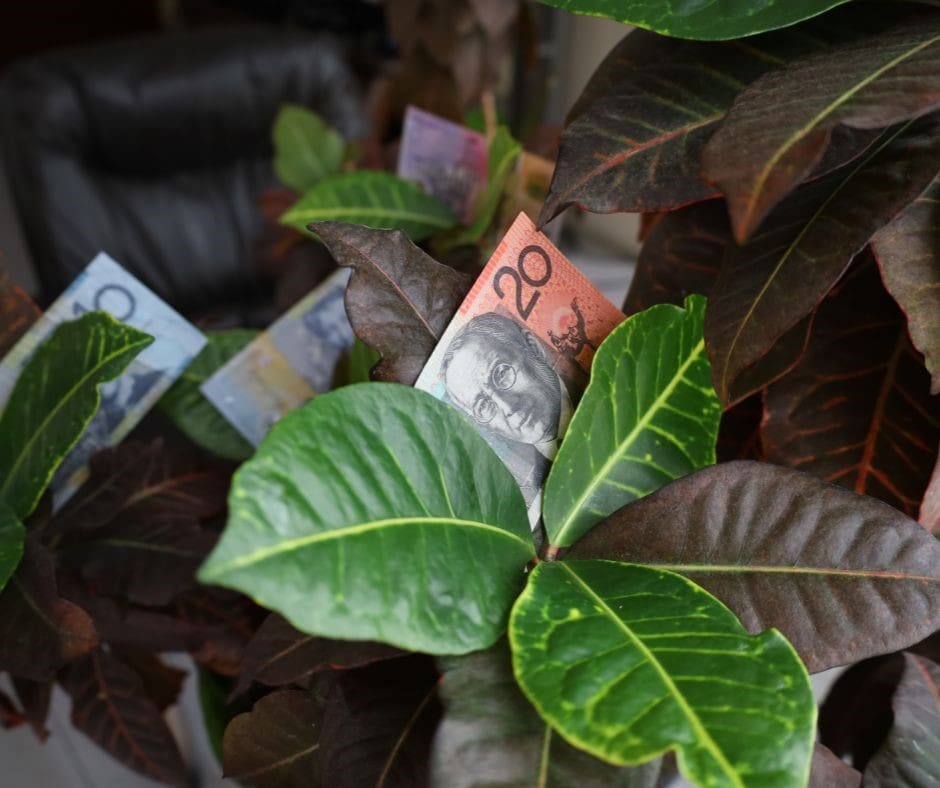By Trish Svoboda
Agricultural economists from Kansas State University have observed that net farm income and net cash income are expected to take separate routes in the upcoming year. Jenny Ifft, who holds the Flinchbaugh Agricultural Policy Chair at K-State, mentioned that it’s uncommon for these two indicators of farm revenue to trend differently.
Kansas is recovering from the 2022 drought, with expectations for a similar farming year in 2024 as in 2023, given decreasing costs and average crop yields. This could lead to a 6% growth in crop receipts. Improved performance is expected in dairy and hog sectors, while the cattle market remains uncertain.
“The big question in the cattle market is how fast can cow-calf producers rebuild the herd that they sold off last year as a result of high prices and the drought,” Joe Parcell, director of the Center for Risk Management Education and Research at K-State said. “The other thing we see is that feed yards have been extremely resilient. Compared to five years ago, (feed yards) are spending $1,000 more per head in costs. If you take $1,000 for every 1,000 animals, that’s $1 million more they are putting through that feed yard.”
Ifft mentioned that due to various factors affecting crop and livestock production, there’s an expectation for a 21% increase in net farm income, but a 14% decrease in net cash income. She further explained that economists usually concentrate on net farm income as it’s a significant measure. According to Ifft, the forecasted net cash income aligns Kansas more closely with national projections













